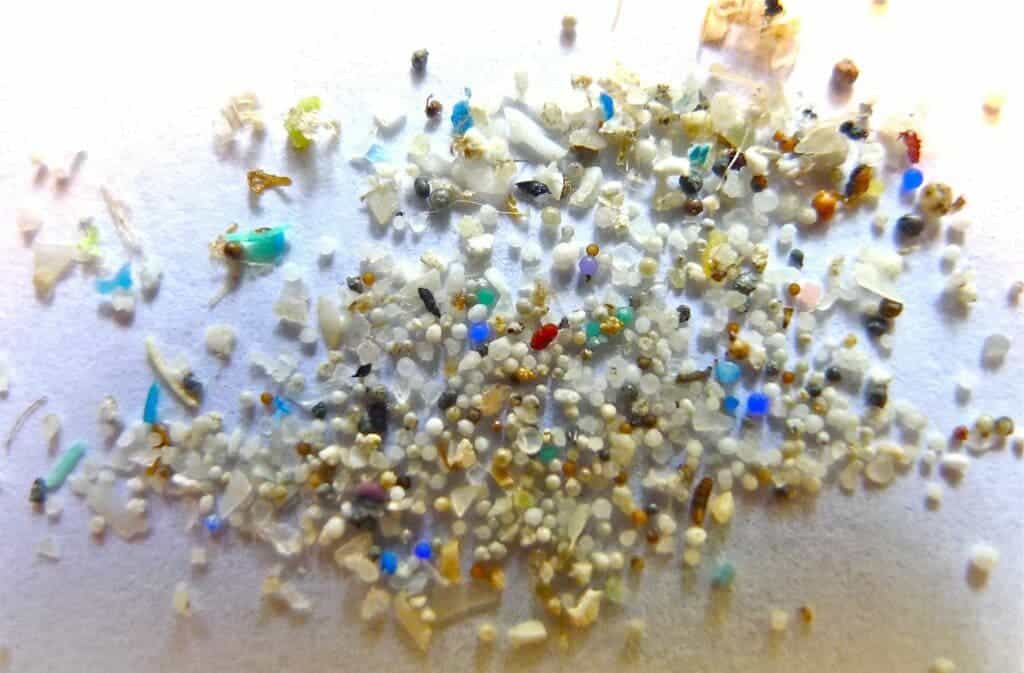That dark brown color on your kettle might actually be a sign that you are not ingesting microplastics, according to a new study. Researchers found that tap water generates a natural protective shield against microplastics thanks to the elements and minerals that in contains, preventing us from indirectly ingesting very tiny pieces of plastic.

Microplastics are now pretty much everywhere. They’ve been detected in wastewater, food, air, marine water and drinking water — both tap and bottled. Previous studies have suggested that we could be eating about as much as 5 grams of microplastic ever week, which is the equivalent a credit card we’re ingesting — every week.
The single largest source of plastic ingestion is water, both bottled and tap. This is a problem all over the world, though some areas have it worse than others — for instance, there’s twice as much plastic in the US or India than in European or Indonesian water. These small plastic particles enter freshwater environments from surface run-off and wastewater effluent, but also from combines sewer overflows and degraded plastic waste, among others.
However, our understanding of this process may be a bit skewed, according to researchers from Trinity College Dublin and University College Dublin. They argue studies that have investigated microplastics release only used forms of pure water, which is only present in a laboratory and doesn’t consider the ions and impurities that are part of tap water. These impurities could be making a big difference, they note.
“It is well known that plastics can degrade and release microplastics, which can get into the environment and be consumed by humans. Our research shows that many items such as plastic kettles, which are repeatedly used with tap water, can develop over time a protective skin that prevents the release of microplastics entirely,” John Boland, co-author, said in a statement.
Understanding microplastics
Boland and the team of researchers explained that tap water is not 100% pure H20. Instead, it has trace elements and minerals. The list includes calcium, magnesium, sodium, potassium, phosphorus, copper, iron, selenium and zinc, among others. This also variates from country to country, with different standards being implemented.
Including these trace elements and minerals makes the degradation of plastics in tap water completely different. Instead of the plastic falling apart, the minerals coat the plastic and prevent any kind of degradation, so the product becomes microplastic-free, according to the study’s findings. Another reason to keep drinking your tap water then.
For example, having an old kettle with a dark brown color can actually be a good thing, the researchers argued. This brown layer is copper oxide that forms from the copper minerals in the tap water, which also comes from the copper pipes that your house likely has. It’s a perfect combination to protect your kettle and yourself from awful microplastics.
But this doesn’t mean we’ll have to wait for the kettle to build up that protective shield. These might eventually be manufactured in a laboratory and applied to the kettle or any similar appliance, and that’s what the researchers want to work on next. For Boland, the findings show nature is pointing us to solutions to the plastics problem.
The paper was published in the journal Chemical Engineering.









